Officials Found A 16-Foot Predator Underneath A Florida Resident’s Home
In 2019, officials from the South Florida Water Management District received a disturbing call. Homeowners found a 16-foot-long creature underneath their home. When the officials heard, they knew that they had to capture that animal to protect the local wildlife. What was it, and how does it harm the Florida Everglades? Read on to learn about the state's battle against a vicious predator.
An Unusual Call From The Florida Everglades

In July 2019, Ron Bergeron of the South Florida Water Management District received a call from the Florida Everglades. Homeowners there discovered a 16-foot-long predator crawling underneath their home.
Even worse, the predator--which weighed 165 pounds--posed an enormous threat to Florida wildlife. So what was it, and how did it get there?
It Was From The Infamous "Alligator Alley"

The home stood four miles south of Alligator Alley in Broward County. As the name suggests, Alligator Alley is a haven for many of the state's two alligator species.
But alligators are not the only predator to live in this 80-mile stretch along the I-75. The state is filled with diverse wildlife.
However, It Could Not Have Been An Alligator

Many might assume that the homeowners found an alligator beneath their home. However, it couldn't have been an alligator, because they rarely grow beyond ten feet long.
The largest alligator recorded in Florida was a little over 14 feet long. Plus, they are a necessary part of the food chain, not a danger to Florida's wildlife.
Alligators Are Not The Only Predators In The Everglades
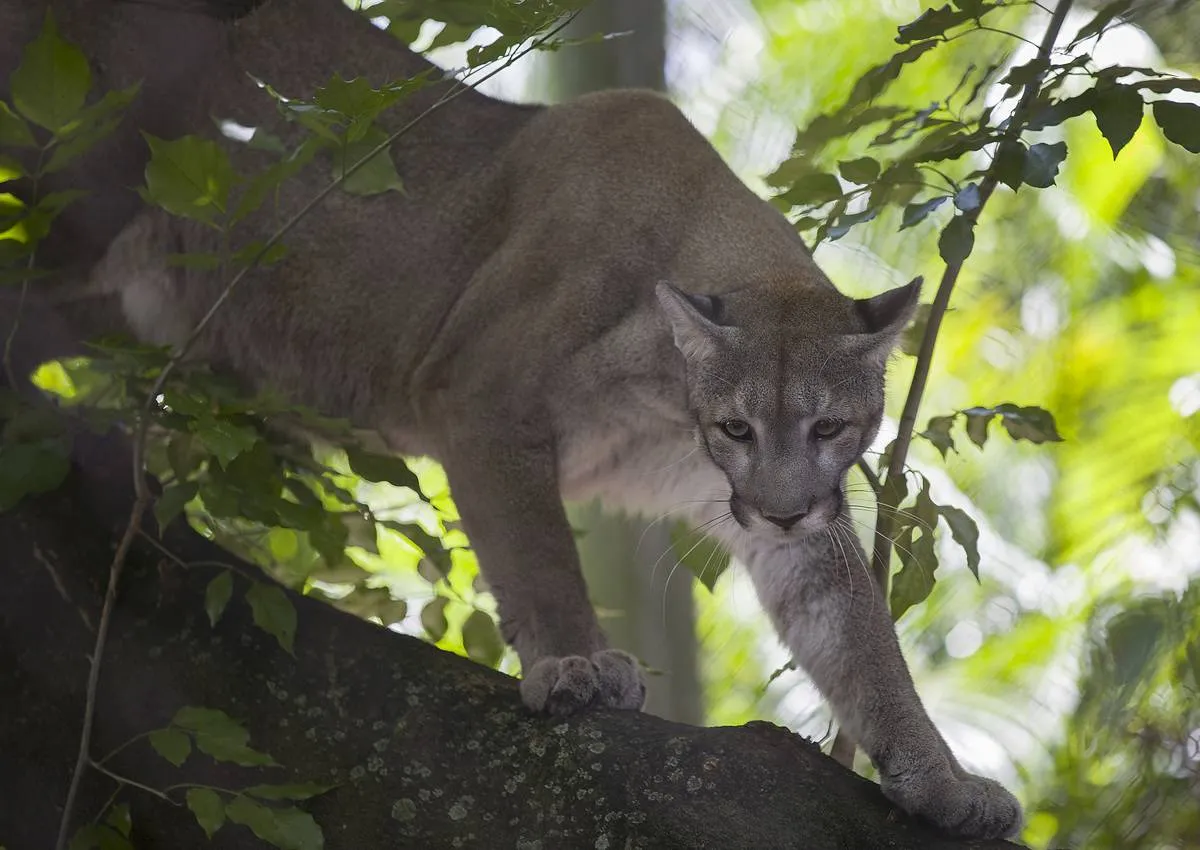
Although Florida is known for its alligator population, many other predators live in the everglades. One of these is the rare Florida panther.
These panthers are endangered and protected by the state. Despite appearing vicious, an attack on humans has never been recorded. But this was not the creature underneath the house.
Even Black Bears Roam Through The Everglades

Another of the state's large predators is the Florida black bear. These endangered animals can weigh between 250 and 350 pounds, but they do not live near the everglades.
Florida black bears usually roam through forests, and they are omnivorous. They can survive off berries, fish, and insects-- not a threat to the food chain.
The Only Native Creature Big Enough Was The Manatee

The only native creature that was long enough to fit the description was the manatee. These aquatic mammals can grow to over 13 feet long, and they swim through the Florida everglades.
However, manatees are vegetarians, feeding on underwater grasses, weeds, and algae. The predator found beneath the home was a known carnivore.
This Creature Is Not Native To Florida

In fact, the creature was not native to Florida. It is an invasive species, which can endanger the animals and environment in Florida.
The creature eats so many other animals that it can destroy the food chain. When Bergeron received the call, he knew that he had to capture it right away.
Bergeron's Team Found Something Worse Than They Expected
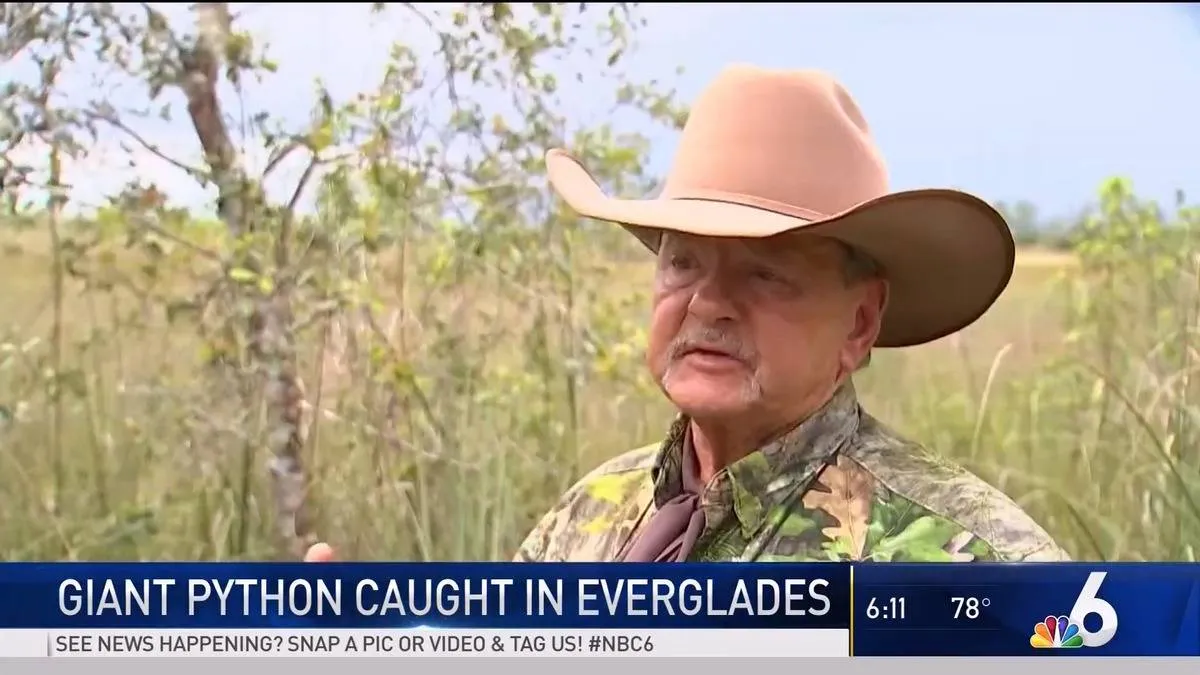
The call came from two men who stayed at an island camp near the everglades. According to them, the creature was spotted underneath the porch.
Bergeron went with his colleagues, Brian Van Landingham and Frank Branca, to capture the animal. But it ended up being a worse case than they expected.
It Was A 16-Foot-Long Python

When the men arrived, they spotted a Burmese python underneath the resident's porch. These are some of the largest snakes in the world with an average length of 12 feet.
At 16 feet long, this python was less than one foot away from breaking a state record for the largest snake found.
And There Were 50 Baby Pythons, Too
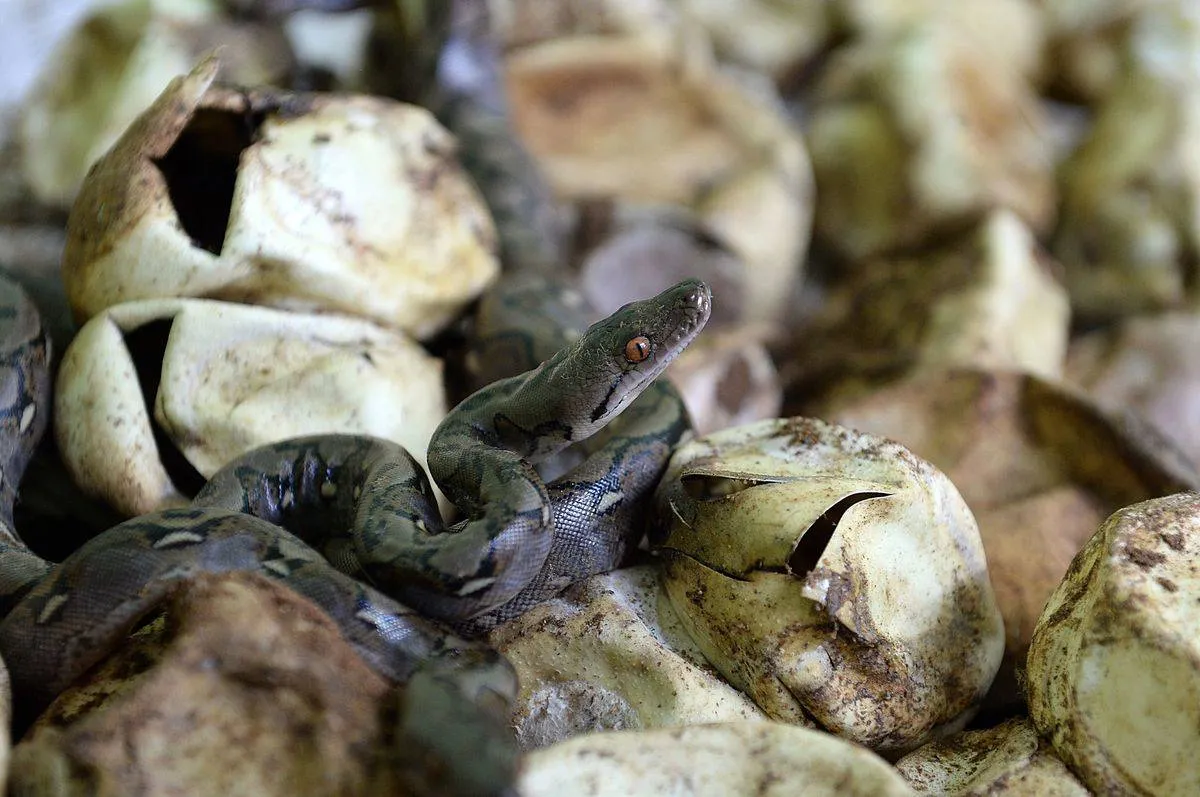
Although pythons are usually calm around humans, this snake seemed defensive. That is because the 16-foot python was not alone. She was guarding a nest of 50 eggs!
On average, pythons lay between 50 and 100 eggs. Because of their rapid reproduction rate, they can swiftly take over an ecosystem.
The Eggs Were Just Hatching When They Arrived
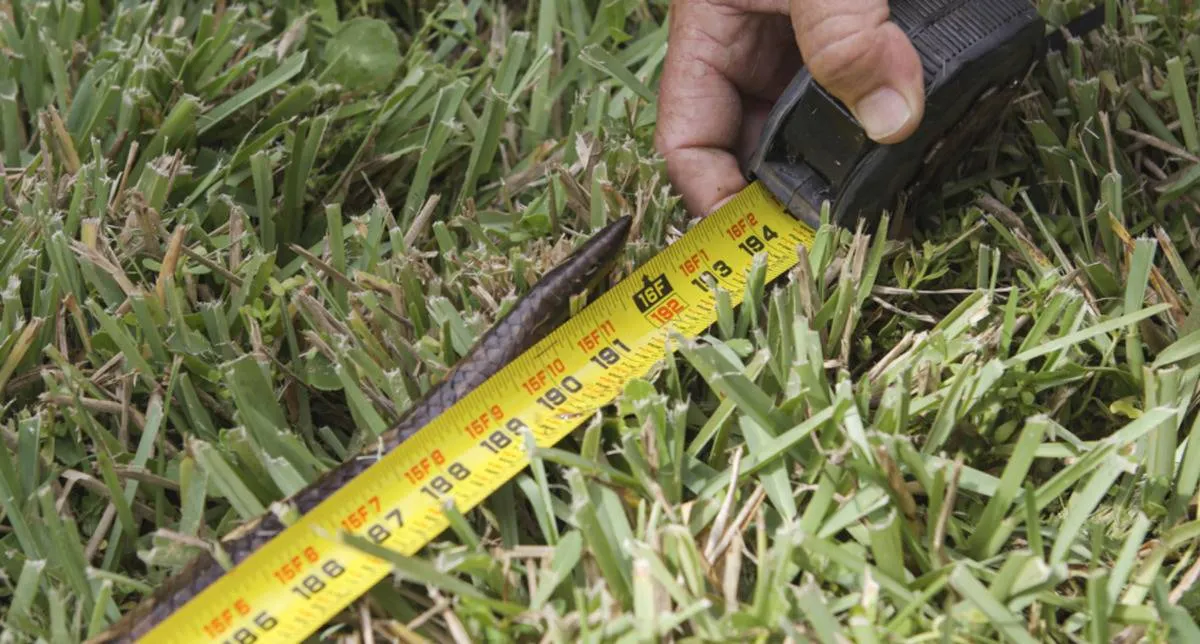
Miraculously, a few of the python eggs were hatching when Bergeron arrived. He reported that some eggs were cracking open during the extraction, and his team was able to capture the babies, too.
Newborn pythons are between 10 and 16 inches long, and they are quick. Had the team arrived a few minutes later, they would have missed a dozen new pythons.
They Had To Catch This Snake

When Bergeron found the python mother and her 50 eggs, he knew that he had to remove her. "The Burmese python poses a significant threat to the Florida Everglades by disrupting the natural food chain," he said.
He called the discovery "good fortune," especially because 50 baby snakes would be nearly impossible to round up.
Capturing Eggs Is Especially Valuable
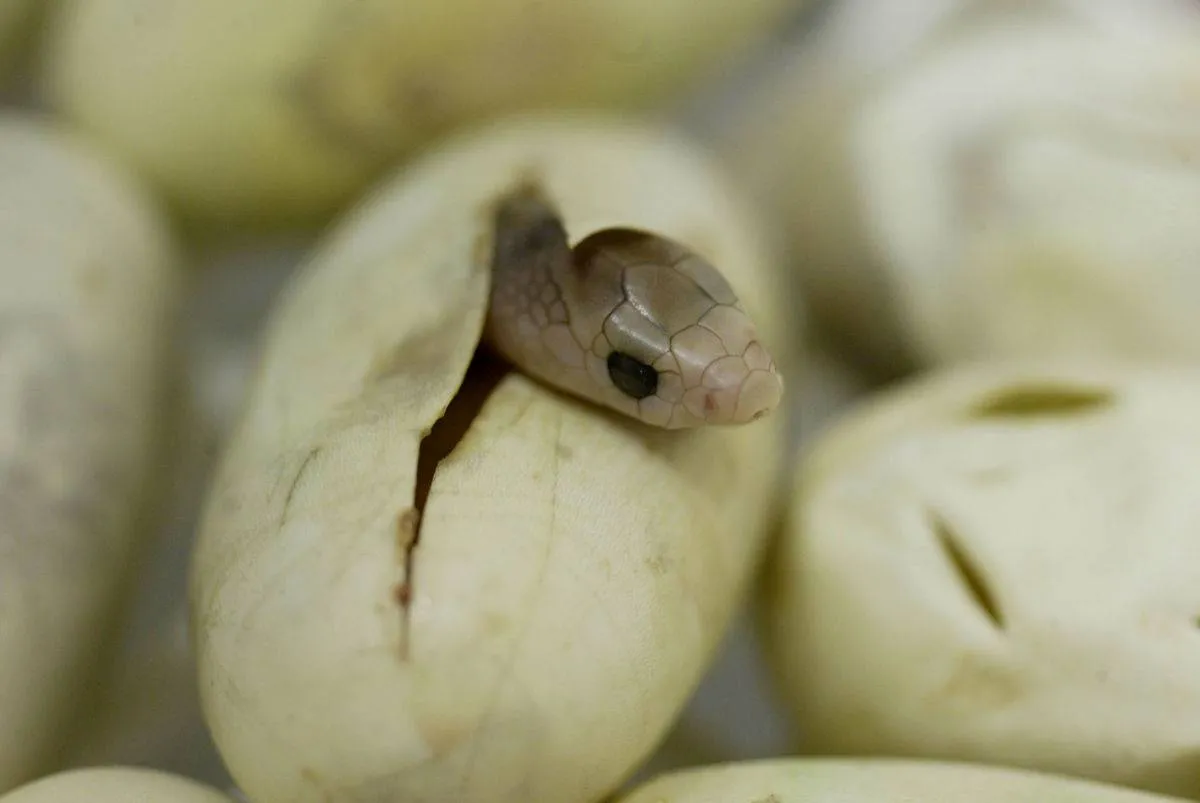
In this case, Bergeron was in luck; python eggs are especially valuable finds. Dusty Crum, a hunter nicknamed "The Wildman," told the South Florida Sun-Sentinel that he specifically searches for female pythons.
"I'm looking for these big egg-laying females because, to me, it's more important—that's future generations of snakes you can stop with one capture," he said.
How Did Pythons Get Into Florida?
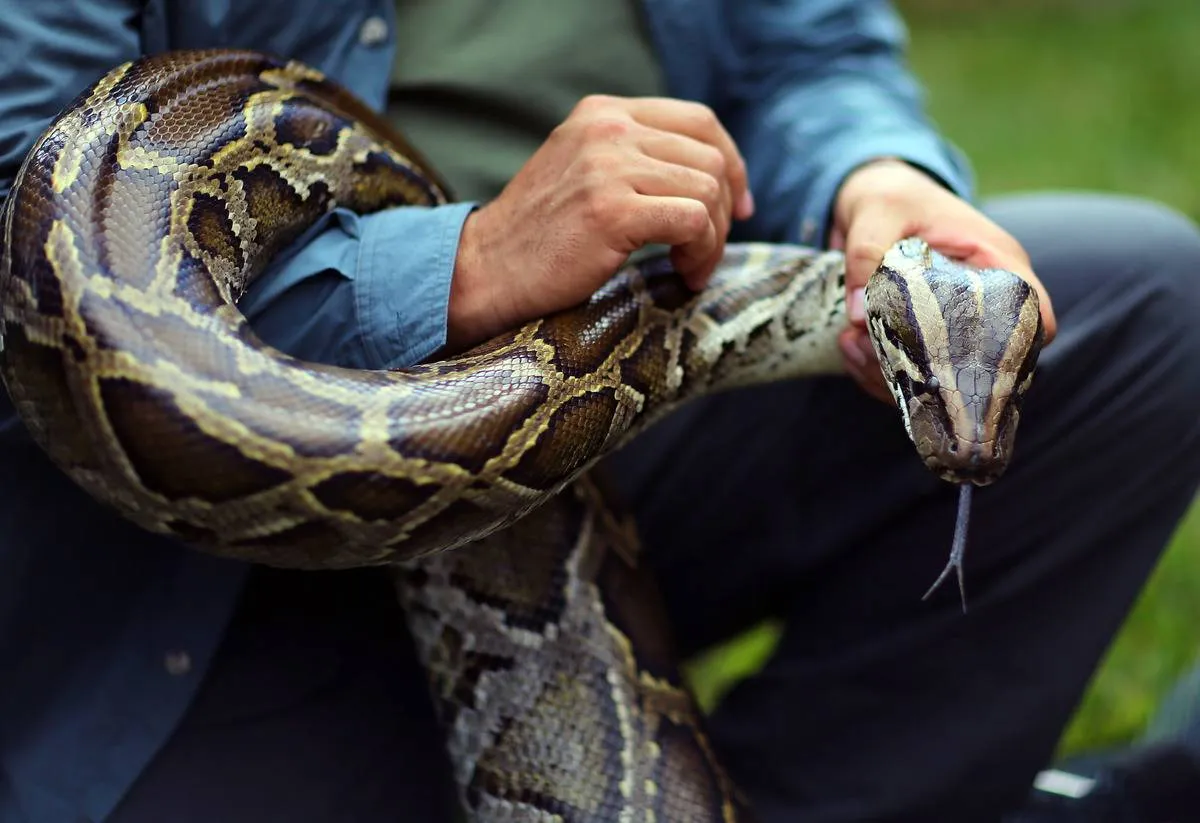
Burmese Pythons come from Southeast Asia, but their beautiful patterns make them highly desirable pets. Many snake and reptile owners love to own pythons.
Florida residents have imported pythons as pets. In the 1980s, owners either lost or released their pythons into the Florida everglades. As a result, they became an invasive species.
Pythons Eat Many Native Wildlife

Like other snakes, pythons can unhinge their jaws to eat large mammals and birds. Florida has over 350 species of birds--many of which are endangered--that make ideal meals for a python.
Since pythons eat once or twice per week, this might result in hundreds of consumed animals every month in Florida.
They Can Even Eat Other Large Predators
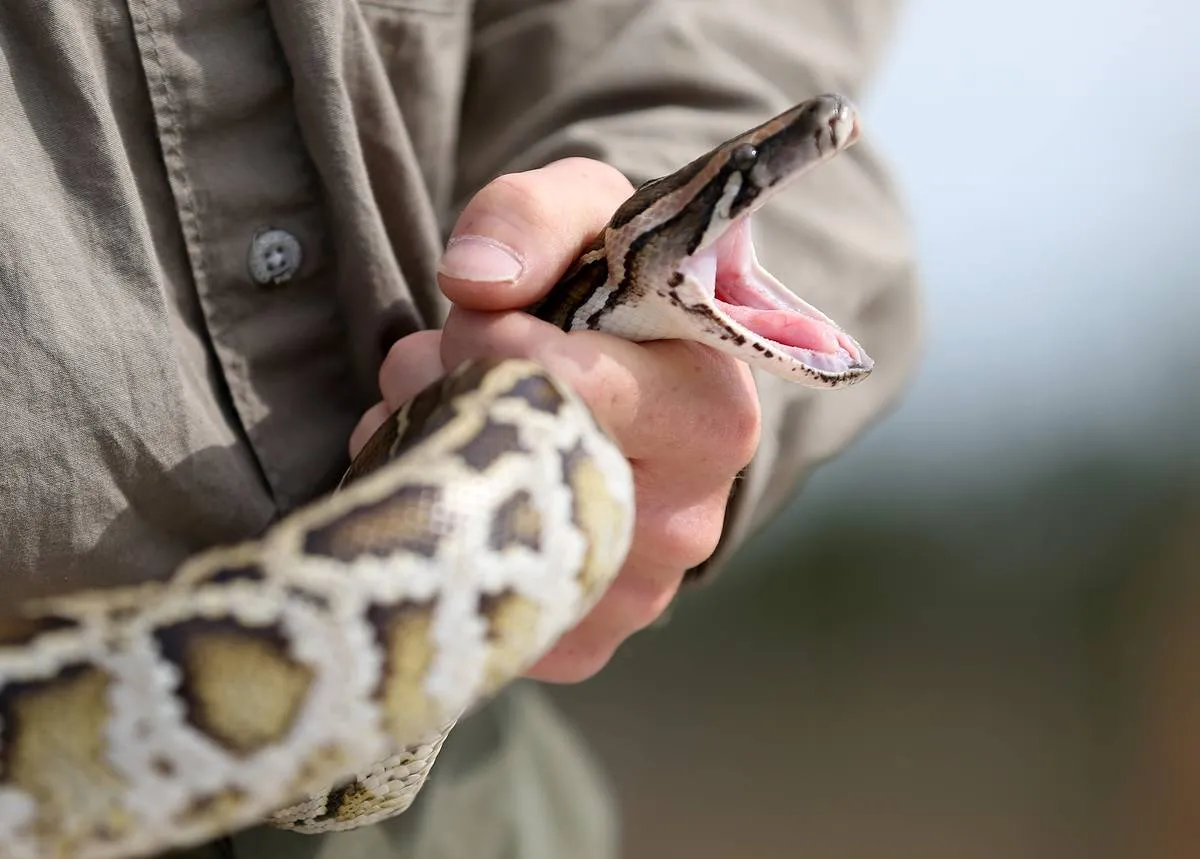
Pythons don't just eat small mammals and birds. They can consume large reptiles and mammals as well. In Florida, one even ate an alligator whole!
Pythons can even eat big cats (especially as kittens). In Kenya, one python tried to eat a full-grown leopard. Although it did not succeed, this is still bad news for the endangered Florida panther.
They Can Also Swim
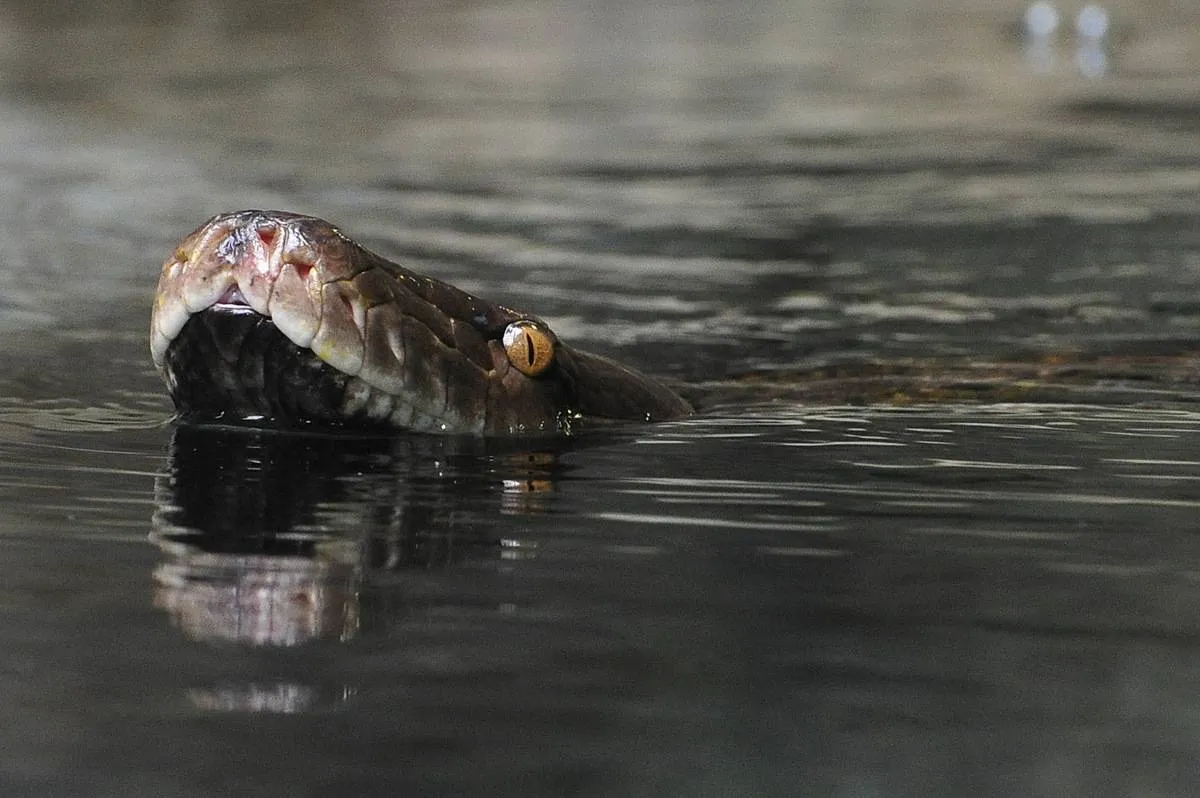
Although they are known as land animals, pythons are excellent swimmers. They can hold their breath for up to 30 minutes.
Because of this, pythons can easily swim through the Florida Everglades. That is how this particular 16-foot python ended up underneath a resident's house. She swam onto shore to find shelter for her eggs.
This Python Traveled Far To Get There

Ron Bergeron claimed that this python had to travel far to reach this house. Usually, Burmese pythons are found around 20 miles south of that cabin.
If pythons travel this far across the state, it will be bad for the ecosystem. Hunters cannot catch all of the snakes if they cannot locate them.
Plus, There Are Ideal Areas For Breeding
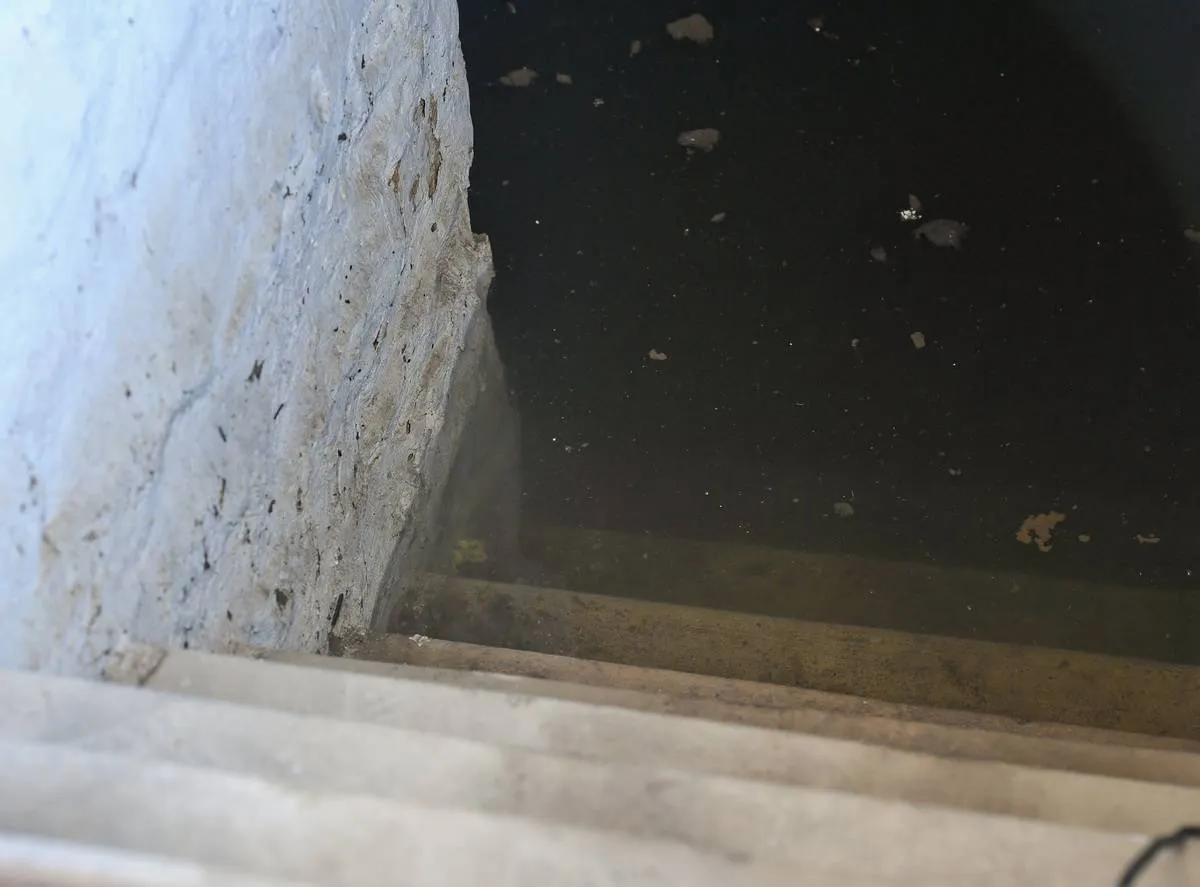
The python's nest was not only unusual for being underneath someone's porch; it was also miles away from the popular breeding grounds.
Snake hunter Tom Rahill said that "there are some really hot locations that are ideal habitat breeding." Since these areas are usually far north of the cabin, the pythons might be running out of room to build nests.
Not The First Time A 16-Foot Python Has Appeared

Although a 16-foot python sounds like a once-in-a-lifetime find, this wouldn't be the first time one had shown up in Florida. In 2021, another 16-foot python was discovered near the Everglades.
Pythons can grow up to 23 feet long, although most remain between 15 and 20 feet. But fully grown ones are a rare find in Florida.
There Are Already Thousands Of Pythons Out There

Although it sounds like most pythons have been caught, this is far from the truth. There are thousands, even tens of thousands, pythons across Florida that threaten the native habitat.
In 2020, people caught over 5,000 pythons, according to the Tampa Bay Times. But the snake population still threatens the ecosystem.
Do Pythons Have Predators?

Because of their massive size, pythons have few predators. Their most vicious predators are actually humans.
According to the Florida Fish and Wildlife Conservation Commission, some alligators can take down pythons. However, few Florida alligators are large enough to defend against the snakes. After all, these pythons are an invasive species.
The State Is Paying Hunters To Capture Pythons
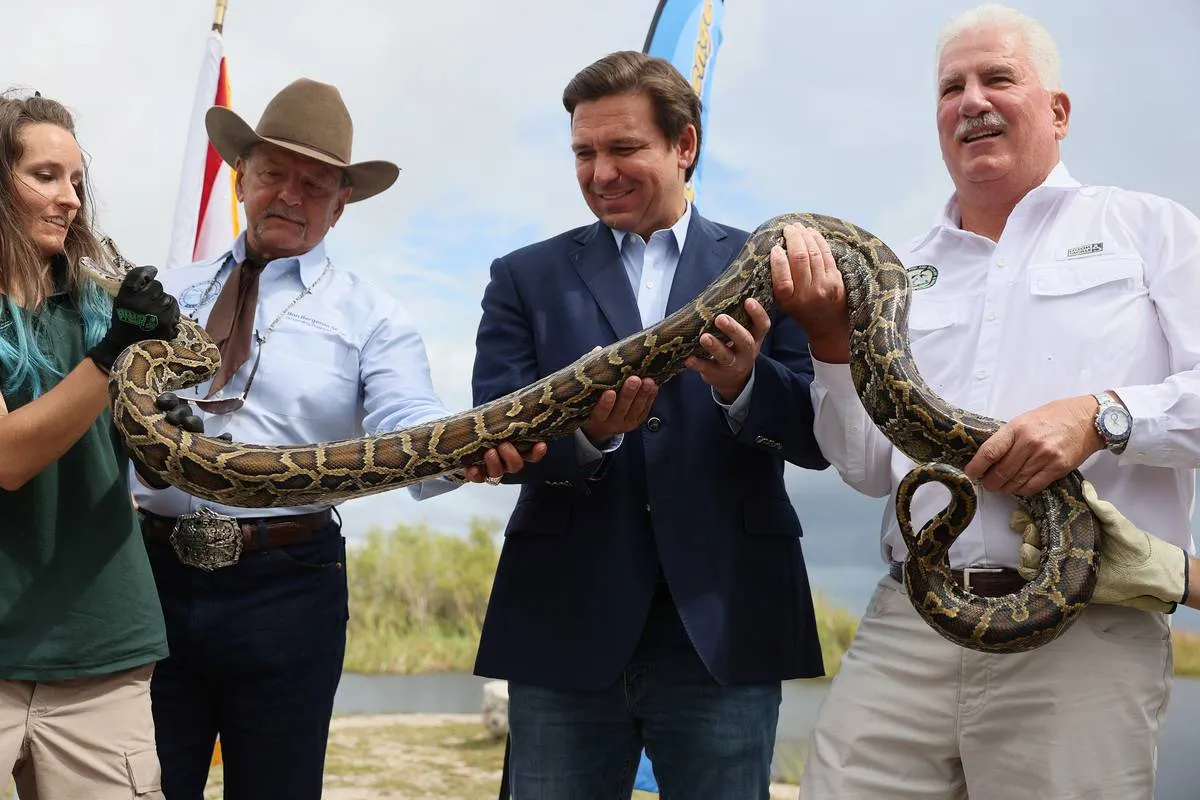
Since pythons are such a large threat to Florida wildlife, snake hunting has become a lucrative business. In 2017, the state began paying hunters to capture the snakes.
By 2020, over 5,000 pythons had been caught. But the snake overpopulation continues to threaten the wellbeing of endangered species in Florida.
People Earn Money From Hunting Pythons
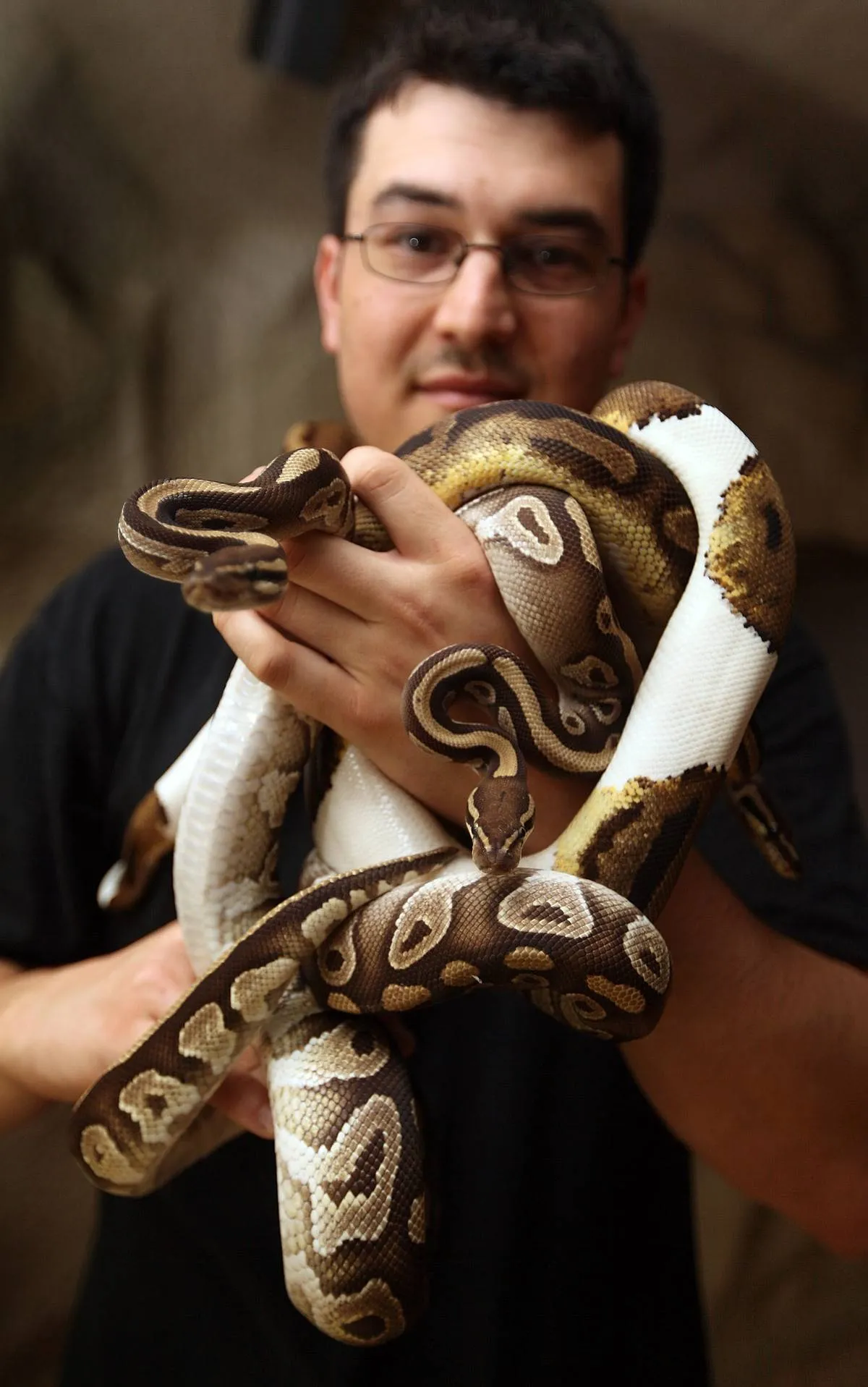
Hunters can earn a few hundred bucks for every python caught. In 2019, the program tripled the budget to $750,000 for supplies and paying hunters.
The winner of the annual Python Challenge wins $10,000. Meanwhile, average hunters earn $50 for every python over four feet, with an added $25 for each extra foot.
How Do People Catch Pythons?

You might be wondering how people catch pythons. Usually, a hunter uses a pole or stick to pin the snake's head so that it cannot move.
The hunter will then hold the python by its neck so that it cannot bit them. They would then capture and euthanize the snake.
Python-Hunting Has Become A State Competition
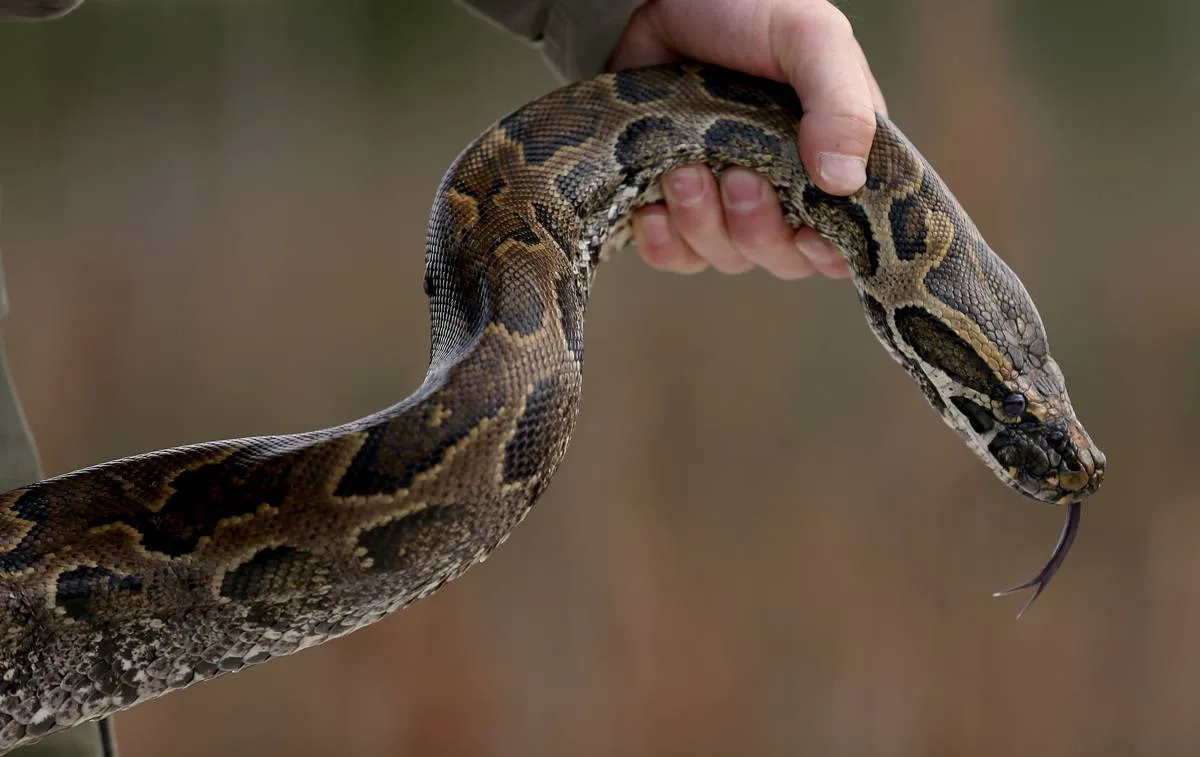
To encourage residents to participate, state officials turned python-hunting into a sport. Every July, they host the Florida Python Challenge, where anyone can compete to capture the snakes.
The competitors capture pythons from designated areas and get paid based on how many they catch and how long the snake is.
The State Is Working To Eliminate The Threat
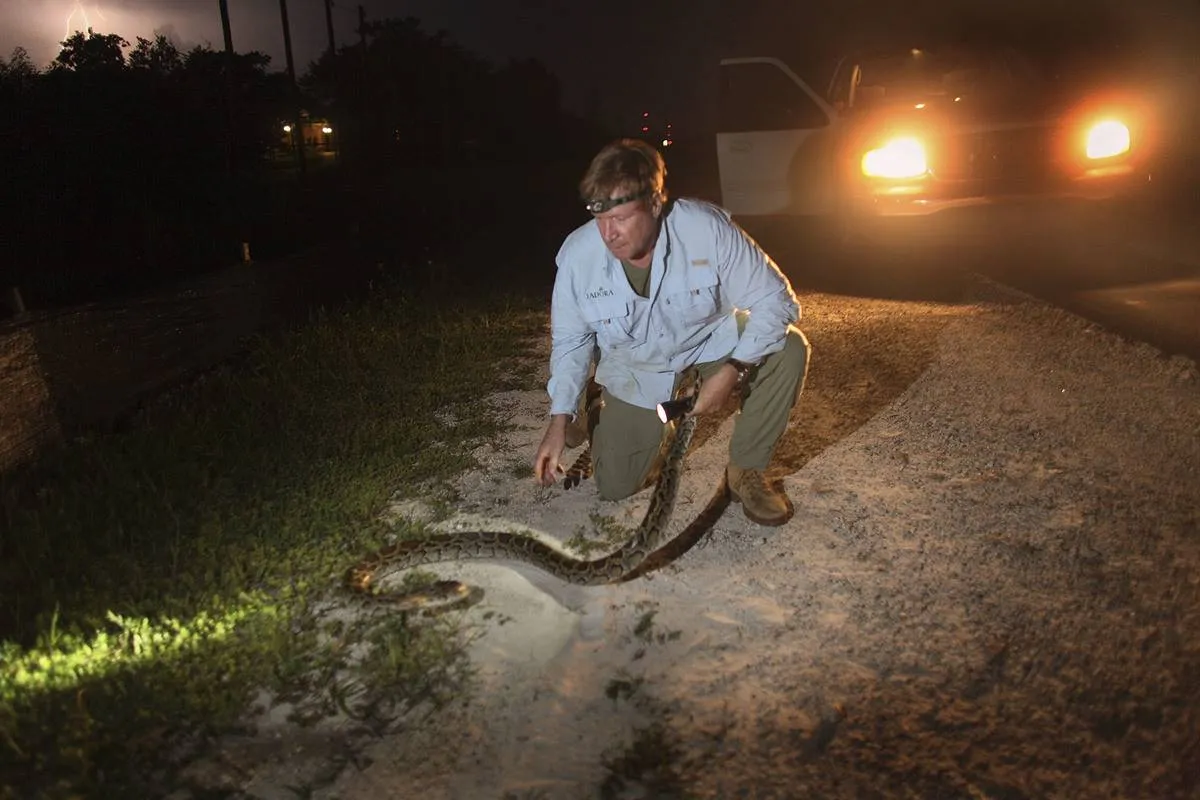
Because of the python invasion, the state has made it illegal to own pythons as a pet. Florida citizens are also not required to have a license to hunt pythons.
In September 2019, the South Florida Water Management District doubled its hunter numbers. Over 1,000 people applied within a few days.
What Happens To The Pythons?
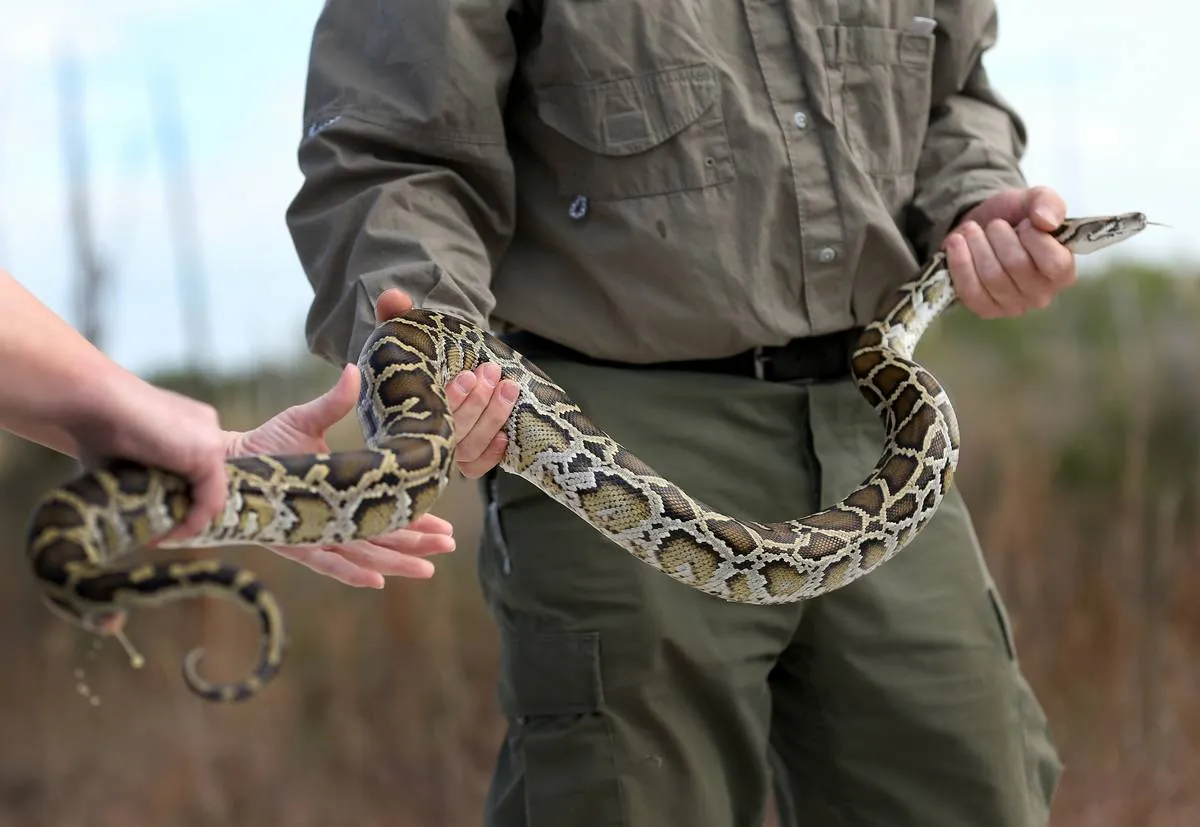
Many question what happens to the pythons after they are caught. Once the snakes are euthanized, the hunter can decide what to do with them. Some feed the meat to animals on their property.
Others skin the snakes and sell them. Python hides are valuable for bags, shoes, coats, and belts.
State Officials Are Trying To Find Another Way
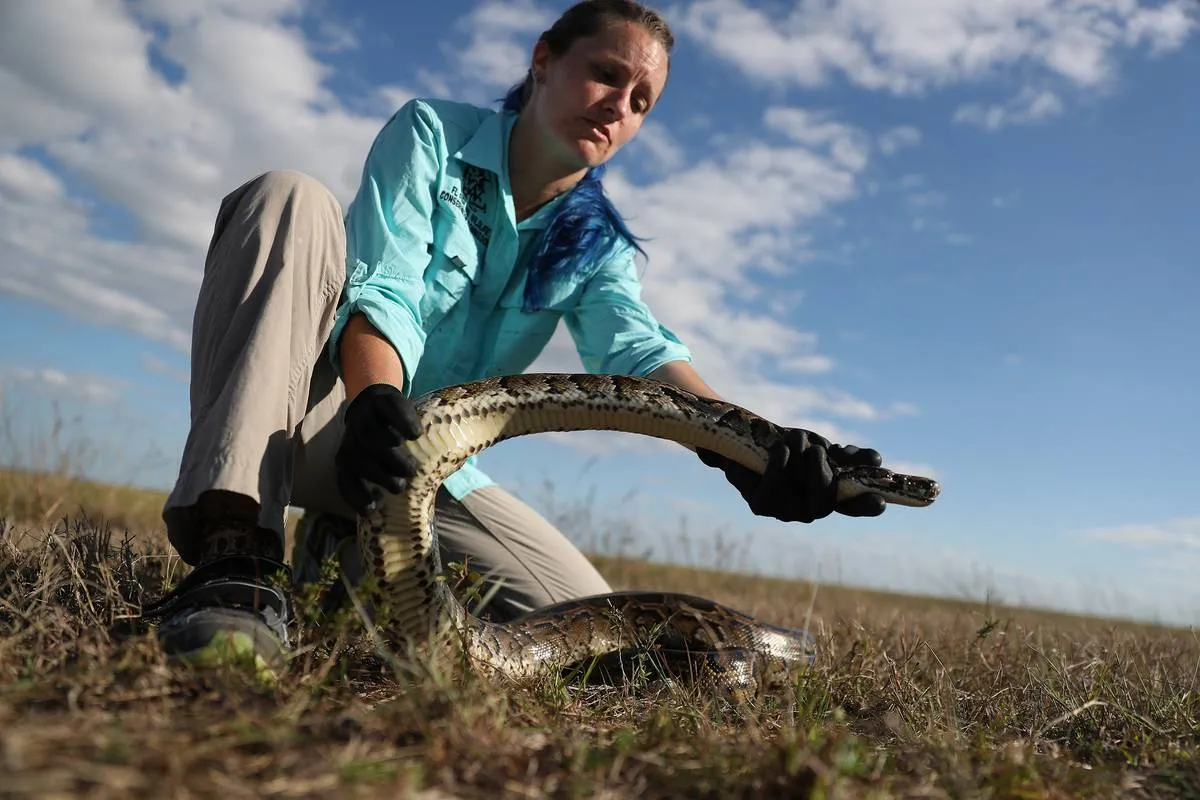
Florida organizations are working to find another method for saving the ecosystem. According to the Sun Sentenel, water managers are working with the University of Florida to increase the removal efforts.
Until then, hunters like Bergeron will be hired to aid with the python problem. But it might be a while until the ecosystem returns to normal.
Their Appetites Are "Astonishing"
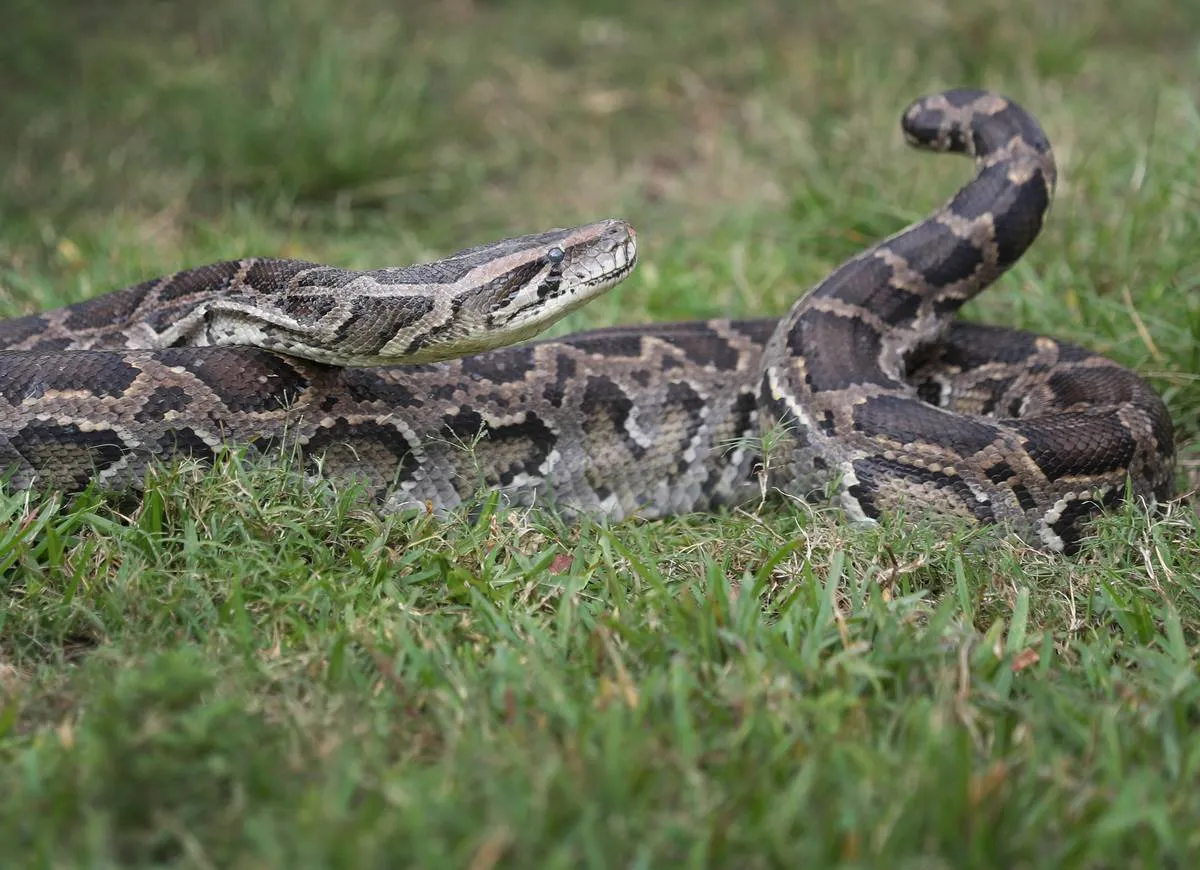
National Geographic claimed that the pythons' appetites are "astonishing." They consume fish, amphibians, birds, alligators, and even other large mammals who are not familiar with the predator.
In 2016, a python was captured with three deer in its gut--demonstrating how much a single python can devastate the Everglades. Several studies have indicated that pythons can cut mammal populations in half.









